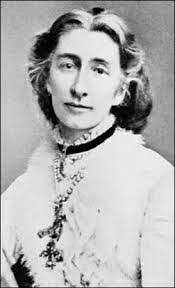blogpage
Marlene Wagman-Geller: Sample Chapters and Blogs
Hai-yah! (1974)
Mar 11, 2023 by Marlene Wagman-Geller
Hands down, the porcine with the most pulchritude is Miss Piggy. She is a diva who dresses for excess, never gives an oink about her extra pounds, and participated in a cross-species romance. Miss Piggy, rather than originating from the same imaginative cloth as her fellow Hanson homies, is the alter ego of entertainer Peggy Lee.
The Pink Queen Bee (1963)
Mar 10, 2023 by Marlene Wagman-Geller
The color pink brings to mind Barbie, Disney Princesses, Hello Kitty, and pussycat hats. Another pink lady, one who rolled in the green, was Mary Kay Ash.
America's Sweetheart (1959)
Mar 09, 2023 by Marlene Wagman-Geller
There are many women who lay claim to be the world’s most legendary of lovelies: Italy’s Sophia Loren, Sweden’s Greta Garbo, France’s Brigitte Bardot. Yet there is an American beauty who most truly embodies the pronouncement, “Age cannot wither her, nor custom stale, her infinite variety.”
Moment of a Lifetime (2010)
Mar 07, 2023 by Marlene Wagman-Geller
“And the Oscar for Best Director goes to Victor Fleming for Gone with the Wind; and the Oscar for Best Director goes to John Ford for The Grapes of Wrath; and the Oscar for Best Director goes to Steven Spielberg for Schindler’s List.” The fact that the Academy of Motion Pictures Arts and Sciences has always gifted the coveted statue to men makes one wonder if there is-to borrow the title of Elia Kazan’s film for which he won best director-a Gentleman’s Agreement. If institutionalized sexism is indeed the norm, the Academy breached it after eight decades when Kathryn Bigelow made a rip in Hollywood’s seemingly shatterproof celluloid ceiling when she won the Academy Award for Best Director. .
Madame Butterfly
Mar 06, 2023 by Marlene Wagman-Geller
As Jell-O conforms to its mould children often adhere to the values of their parents. However, in a 1950s love story which involved Julius Rosenberg, it was a Jell-O Box and a Remington typewriter which made a woman’s path stray far afield from what her family, or anyone else, ever envisioned.
Flakes of Confetti (1945)
Mar 05, 2023 by Marlene Wagman-Geller
The world’s jubilation upon learning World War II had ended is exemplified in the famous image of a sailor and a nurse locked in an embrace. Formally known as “V-J Day in Times Square,” the photograph is one of the most famous depictions of a kiss in history. For decades, the identities of the couple remained shrouded in anonymity until the revelation that the woman was Greta Friedman.
Trixie: A League of her Own (1908)
Mar 04, 2023 by Marlene Wagman-Geller
After “The Star Spangled Banner” and “Happy Birthday,” America’s most prevalent song is “Take Me Out to the Ballgame.” While fans chant the lyrics in the seventh inning, the crowds are unaware that the “me” refers to Trixie Friganza.
Roe V. Roe (1973)
Mar 03, 2023 by Marlene Wagman-Geller
If one were to name a Supreme Court ruling, chances are the answer would be Roe v. Wade. However, if questioned as to the identity of the anonymous plaintiff, many would draw a blank. The flesh-and-blood Roe, Norma McCorvey, was as complicated as her judicial namesake.
Most Likely to Succeed (1969)
Mar 02, 2023 by Marlene Wagman-Geller
A slice of Americana is the Wendy’s hamburger emporium with its mascot of a red-haired girl, pigtails bound with blue bows. Behind the fresh-faced child lies Wendy Thomas.
Maybe She's Born with It (1915)
Mar 01, 2023 by Marlene Wagman-Geller
What is lime green and bubblegum pink with a black interior? The answer: Maybelline mascara. The cosmetic company has been a beauty staple for over a century, an industry behemoth that originated with Mabel Williams.
Whistling Dixie (1871)
Feb 28, 2023 by Marlene Wagman-Geller
While the Italian Mona Lisa’s smile has beguiled the world, the American painted lady’s dour expression shows a woman who did not possess a non-serious bone. The Victorian painting is entitled, Arrangement in Grey and Black No. 1, though its colloquial name is Whistler’s Mother, after Anna Matilda Whistler.
Wonderland (1865)
Feb 27, 2023 by Marlene Wagman-Geller
One of the strangest creatures that Alice encountered in Wonderland was the Caterpillar who inquired who she was. Her response: “I-I hardly know, sir, at present-at least I know who I was when I got up this morning, but I think I must have changed several times since then.” Alice’s nonfictional counterpart was literary muse Alice Liddell.
Forever in Blue Jeans (1873)
Feb 26, 2023 by Marlene Wagman-Geller
The cry, “There’s gold in them thar hills!” served as the clarion call that drew thousands to California. Levi Strauss stumbled on another kind of gold when he put the name Levi’s on the backsides of America.
The Cheek of Time (1652)
Feb 25, 2023 by Marlene Wagman-Geller
When flowers, chocolates, and Hallmark cards do not convey the depth of devotion, inspiration can be drawn from legendary lovers. German musician, Richard Wagner, composed the symphony “Siegfried Idyll” for his wife, Cosima. Russian Tsar Alexander III presented his Tsarina with the original Fabergé egg. Welsh actor Richard Burton gifted Elizabeth Taylor the fifty-carat La Peregrina pearl that had once graced the finger of Mary I of England. However, for romantic flourish, one can turn to the gesture of a Mogul emperor who erected the Taj Mahal in memory of his wife, Taj Mumtaz Mahal.
Beggar Woman (1584)
Feb 24, 2023 by Marlene Wagman-Geller
When people think of the state of Virginia, they might associate it with the legendary Pocahontas, its slogan, “Virginia is for lovers,” or its state motto, “Sic semper tyrannis.”
We Never Sleep (1850)
Feb 23, 2023 by Marlene Wagman-Geller
Despite Pinkerton’s association with a traditional female color, the detective agency started with mustachioed men. The business derived its name from founder Allan Pinkerton.
The Enchanted Princess: Mrs. Karl Marx
Feb 21, 2023 by Marlene Wagman-Geller
The Argentinean-Cuban revolutionary, Ernesto “Che” Guervara, remarked, “Let me say, at the risk of seeming ridiculous, that the true revolutionary is guided by great feelings of love.” Fellow zealot Karl Marx likewise was the possessor of passion; however, the woman he loved was obscured by the red shadow he cast over the world.
The Only Stone Left Unturned (1905)
Feb 19, 2023 by Marlene Wagman-Geller
The 1960s was the decade where rebels had any number of causes: The Civil Rights Movement, Women’s Liberation, anti-Vietnam protests. There was also another battle, and though it did not make the seismic waves as others of its era, it likewise proved a noble struggle.
Doxerl and Johonzel
Feb 14, 2023 by Marlene Wagman-Geller
An iconic image of the 20th century depicts Albert Einstein sticking his tongue out in his variation of “Say cheese.” As a man so famous he stopped Fifth Avenue traffic in the same fashion as the Beatles and Marilyn Monroe, (who called him the sexiest man on earth,) he could afford such irreverence. However, the woman at whom he figuratively stuck out his tongue was a little known girl of his youth, the one who labored and loved by his side.
The Flying Dutchman (
Feb 13, 2023 by Marlene Wagman-Geller
Behind a great man-Franz Liszt- was his daughter Cosima, who was also behind another great man, Richard Wagner, as his wife. This triumvirate was united by music and by lives so melodramatic they could have sprung from a Wagnerian opera.


.jpeg)


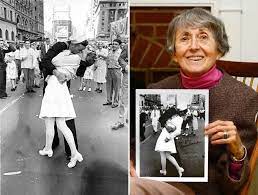



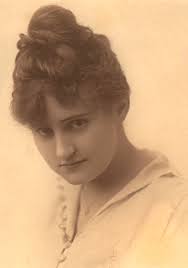
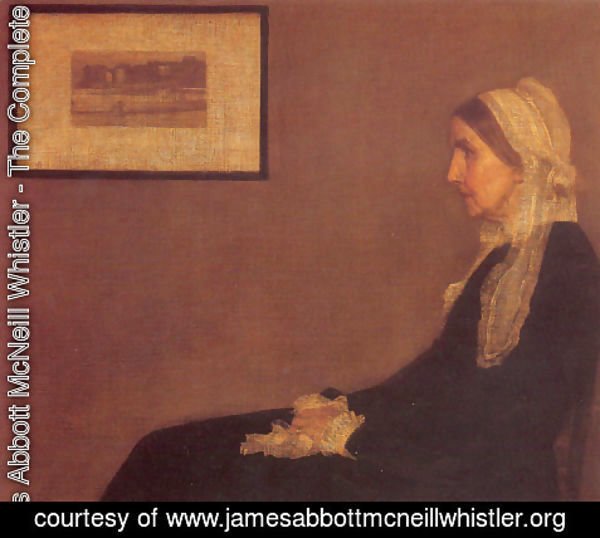

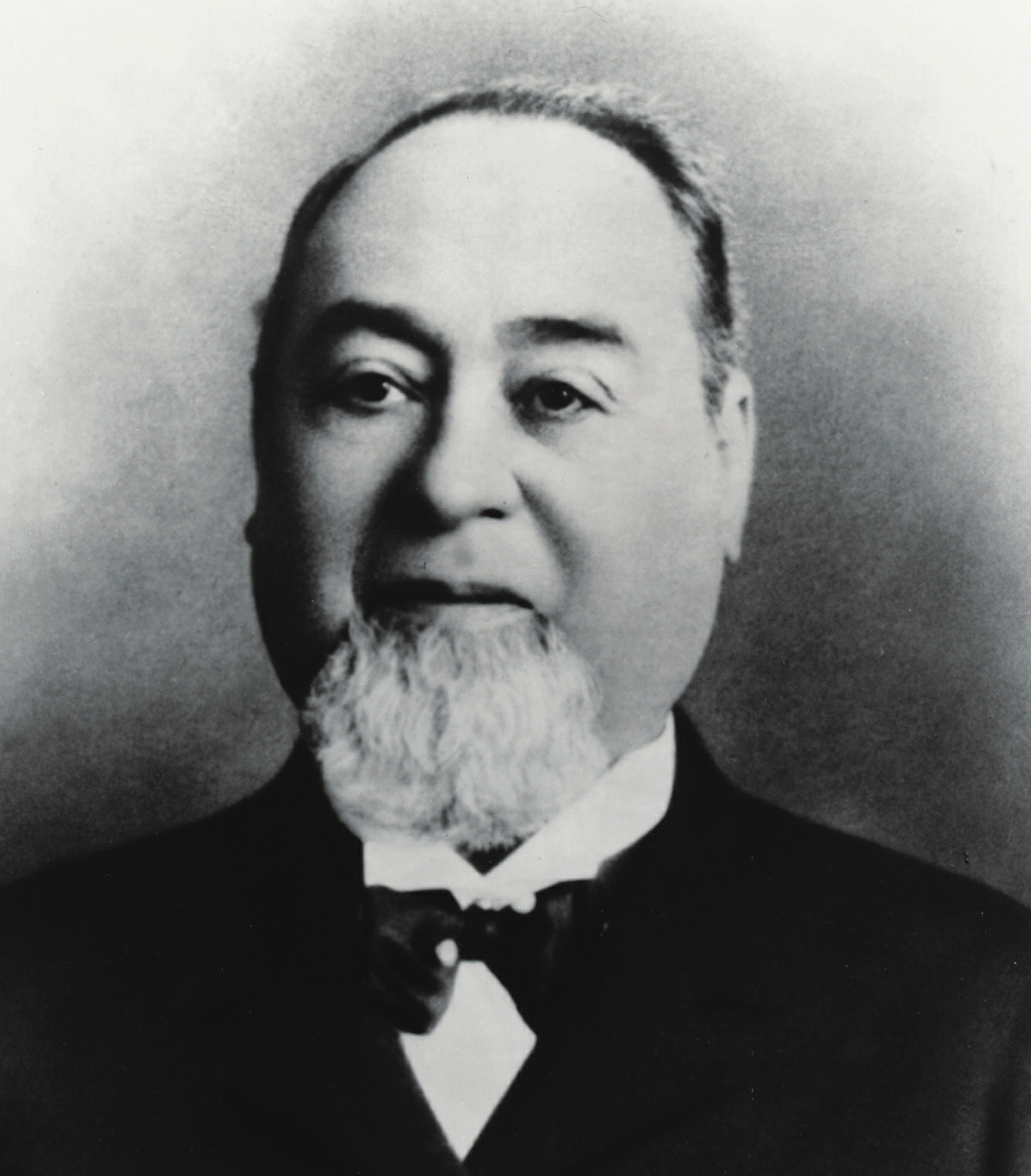


.jpeg)

.jpeg)

